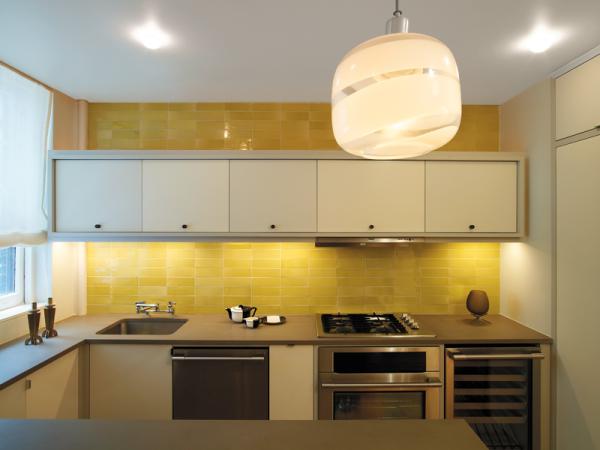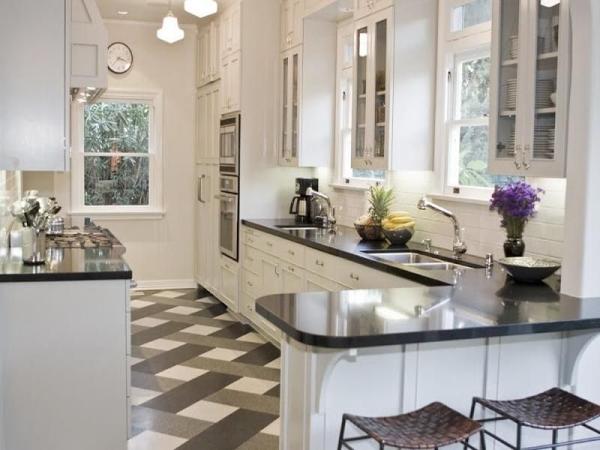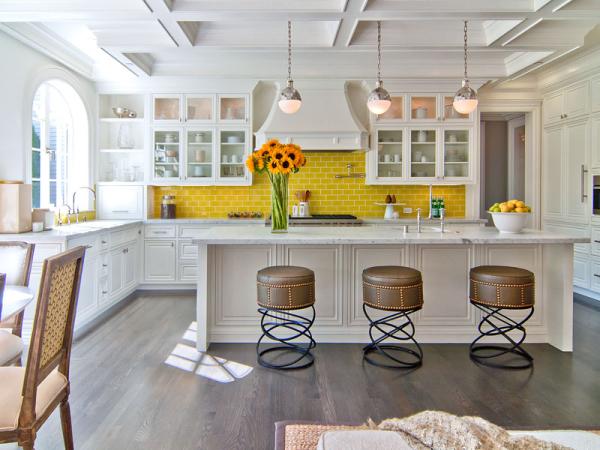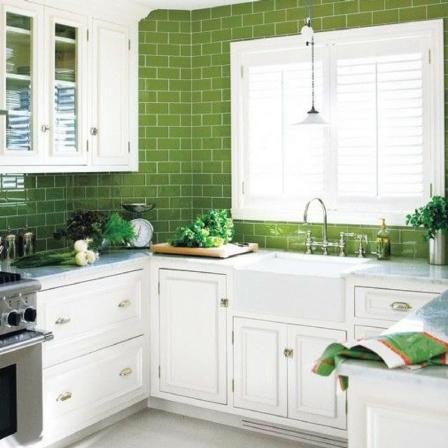Ceramic tiles wood are provided in various sizes, dimensions, etc. almost all over the world_ like at Menards Rak. Tiles have been around for decades, but new trends are giving this classic material a modern makeover, and its popularity demonstrates how flexible tiled flooring can be. People around the world can create a look that is unique to you by combining a range of styles, shapes, and materials. Begin by gathering information on how to choose the best flooring for you and making a list of questions to ask. Then can visit one of our showrooms or make an appointment for an in-home design consultation to get started on a concrete floor. The traditional appearance has been updated with a large format tile. With 24-inch square alternatives, there are fewer grout lines, which helps to visually enlarge a room. 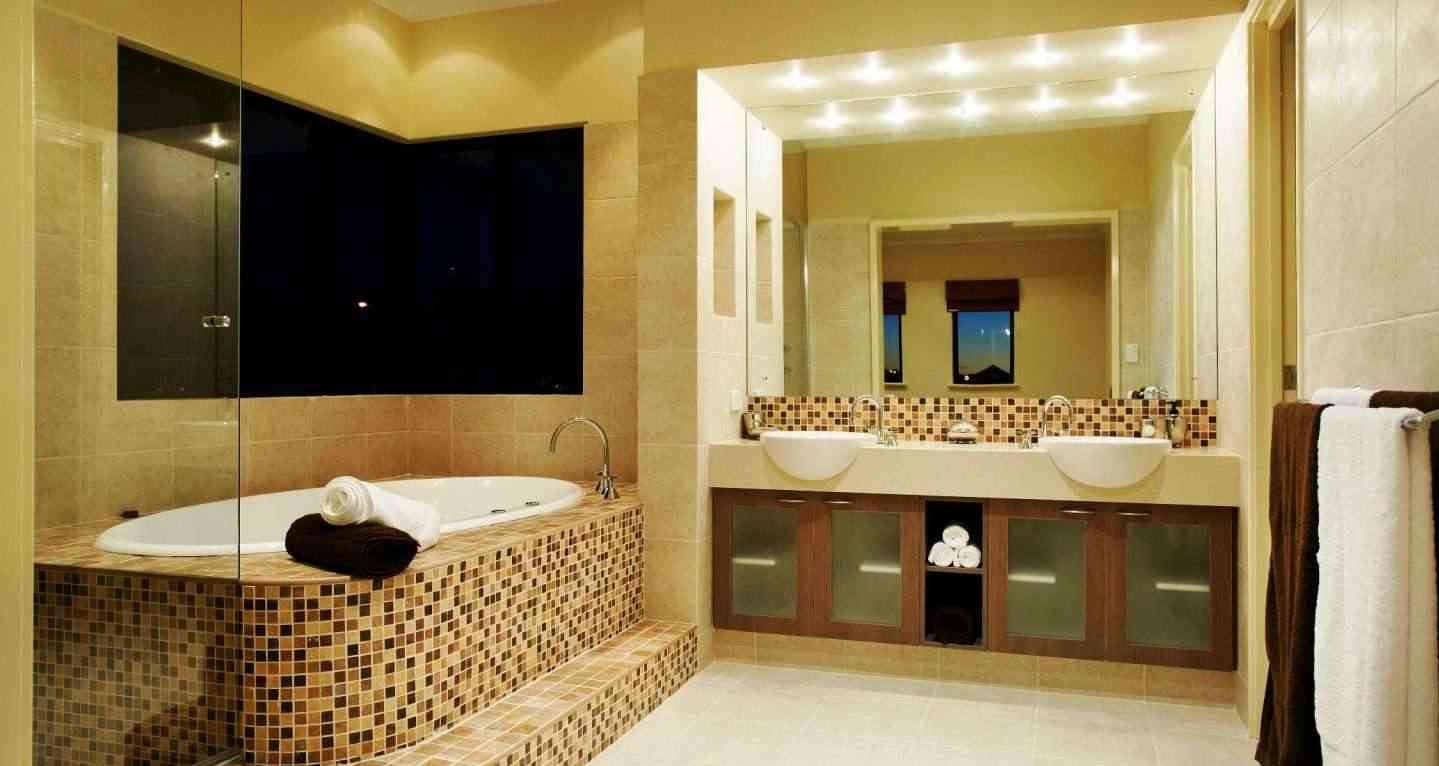
Ceramic
As a result, it’s a popular choice for both large and small spaces. Wood-Look Tile is a type of ceramic tile that resembles wood paneling. If people want the beauty of wood but the durability of tile, this is the tile for people. It’s popular in kitchens, bathrooms, and subterranean living spaces, but it looks great in any room. Therefore, people prefer to use it.
Ceramic Tiles At Menards
As at Menards, ceramic tiles are sold in different patterns and colors. They are also in a wide range of degrees. Some of their categories are as the followings:
- A ceramic tile
It was sculpted together from sands, clay, and other natural elements, and later burnt in a kiln. It comes in two varieties: glazed and unglazed.  They can even simulate the feel of real stone by adding a faint grain to the surface. Ceramic tiles are water-resistant and long-lasting.
They can even simulate the feel of real stone by adding a faint grain to the surface. Ceramic tiles are water-resistant and long-lasting.
- Tiles made of porcelain
It’s a sort of ceramic tile that’s been fired at a higher temperature to make it denser and more resistant to moisture. As a result, it can be used both indoors and outdoors. Porcelain tile floors have the advantage of being able to imitate the ridges and grains found in natural stone.
- Glass tiles
It has a distinctive appearance. Because it comes in a range of colors and designs, so may be incredibly creative the design. Because the color you chose is translucent, it will show through the depth of the tile. This creates a sense of depth while keeping your room bright and airy. 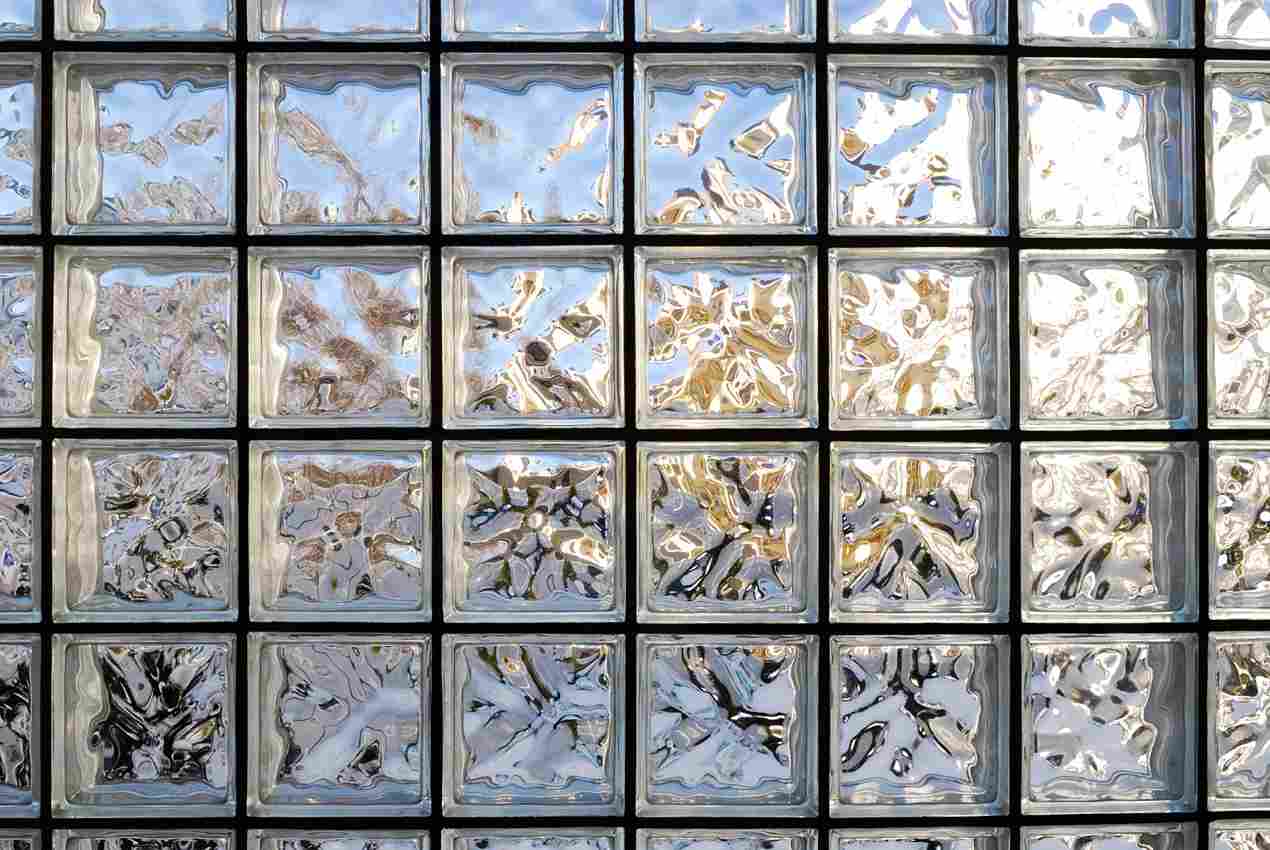
- Tiles made of natural stone
It gives the space a one-of-a-kind feel by bringing the colors and textures of nature inside. It is made in the same way that ceramic or porcelain is. For most varieties of tile, especially natural stone, closer tiled floors are advised once a year.
- Tiles made of metal
Available in a variety of styles, colors, and price points. Kitchen backsplashes are a popular choice these days. Stainless steel, one of the most popular metals for tiling, is both attractive and low-maintenance.
- Tiles made of quartz
It has a gleaming polished finish. Quartz is a composite material made up of resin, quartz, sand, color pigment, and smashed mirrors. It’s also known as lumpy or engineered tile. 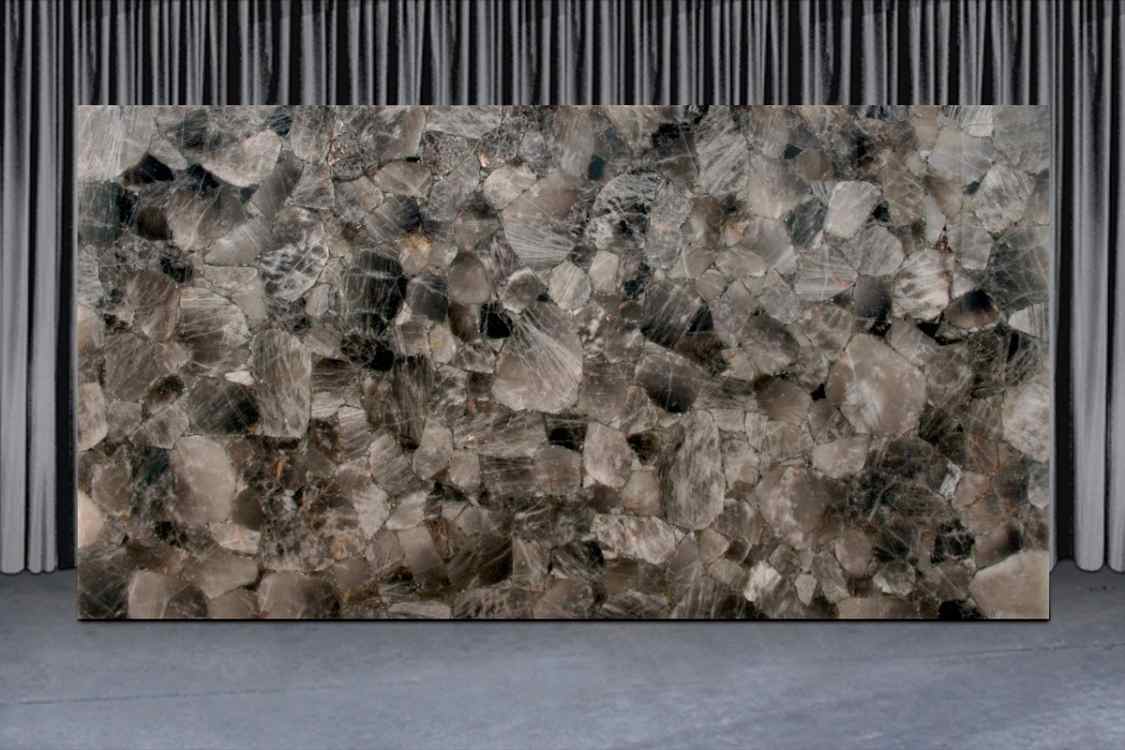
- Quarry tiles
Ceramic tiles without a glaze. Its naturally rough surface makes it an excellent choice for locations that can become slippery when wet, such as patios. It’s a low-cost, long-lasting solution that’s less prone to scratches and chipping, and it comes in frost-resistant grades for use in colder climates.
- Saltillo tile
Almost primarily in north-central Mexico, raw clay is handcrafted. It’s known for its natural color and wonderful aesthetics. In addition to the specific character of this tile, tiles can vary widely in size, hue, and texture.
Rak Ceramic Tiles
Ceramic tiles have a special baking process_ like Rak. The world’s finest landmarks and churches are adorned with yellow ceramic tiles.  It has unique colors and shapes that you won’t find anyplace else. These one-of-a-kind makers have created glass materials and patterns that will fill the home with light and air. Ceramic tiles are classified as clay-based items all over the world. Clay is mined and molded into various sizes and shapes. To make a “biscuit,” it was first burned in the oven. Glaze ingredients are blended and applied to the artworks using various elements and procedures. The tiles are burned at high temperatures again after the glaze has hardened to obtain the hues. Glazing or ornamental coating is comparable to chemistry in that the temperature and time at which the tile is cooked can have a major impact on the color and hue of the tile. Only rigorous testing and years of experience can ensure consistent outcomes. Ceramic mosaics or decorative patterns can add a splash of color to the bathroom or kitchen, transforming it into a work of art. To discover more about these possibilities, contact one of our sales partners.
It has unique colors and shapes that you won’t find anyplace else. These one-of-a-kind makers have created glass materials and patterns that will fill the home with light and air. Ceramic tiles are classified as clay-based items all over the world. Clay is mined and molded into various sizes and shapes. To make a “biscuit,” it was first burned in the oven. Glaze ingredients are blended and applied to the artworks using various elements and procedures. The tiles are burned at high temperatures again after the glaze has hardened to obtain the hues. Glazing or ornamental coating is comparable to chemistry in that the temperature and time at which the tile is cooked can have a major impact on the color and hue of the tile. Only rigorous testing and years of experience can ensure consistent outcomes. Ceramic mosaics or decorative patterns can add a splash of color to the bathroom or kitchen, transforming it into a work of art. To discover more about these possibilities, contact one of our sales partners. 
Ceramic Tiles Kajaria
Ceramic tiles are made of different elements_ the same as Kajaria. Everything in this end result is made of natural materials, including ceramic tile, which starts out as a piece of earth. Clay is often the principal ingredient, along with other materials such as sand, feldspar, quartz, and water, in each manufacturer’s time-tested ceramic tile recipe. Body slip is made by combining these materials and grinding them in a ball mill. To separate the tile structure from the glazed top layer, a body shift is used. Chocolate cake for vanilla cream. Body lube includes around 30% water at this phase. This wetness aids in the adhesion of the components, but after that’s done, it’ll be gone. The body slip is placed in a dryer and heated to achieve this.  Moisture content is reduced to roughly 6%. The thing is now essentially a powder or a powder after this time in the dryer. As you may recall from the last page, this entire process is known as powder compaction, and you’re going to discover why. In a big electrically or hydraulically driven press, the powder is inserted. The final project’s tensile strength is determined by this pressure. Whereas most ceramic tiles are square or rectangular, presses can produce prints in the shapes of ovals, diamonds, and other unusual shapes. Oil soup is the name given to the ensuing body. After the body has been made, it must be dried to remove any remaining moisture. Now it’s time to reveal the secret to the ice cream we discussed earlier. Glaze gets its name from an Old English term that means “to glaze,” which is a suitable explanation. One side of the tile has a glassy appearance.
Moisture content is reduced to roughly 6%. The thing is now essentially a powder or a powder after this time in the dryer. As you may recall from the last page, this entire process is known as powder compaction, and you’re going to discover why. In a big electrically or hydraulically driven press, the powder is inserted. The final project’s tensile strength is determined by this pressure. Whereas most ceramic tiles are square or rectangular, presses can produce prints in the shapes of ovals, diamonds, and other unusual shapes. Oil soup is the name given to the ensuing body. After the body has been made, it must be dried to remove any remaining moisture. Now it’s time to reveal the secret to the ice cream we discussed earlier. Glaze gets its name from an Old English term that means “to glaze,” which is a suitable explanation. One side of the tile has a glassy appearance. 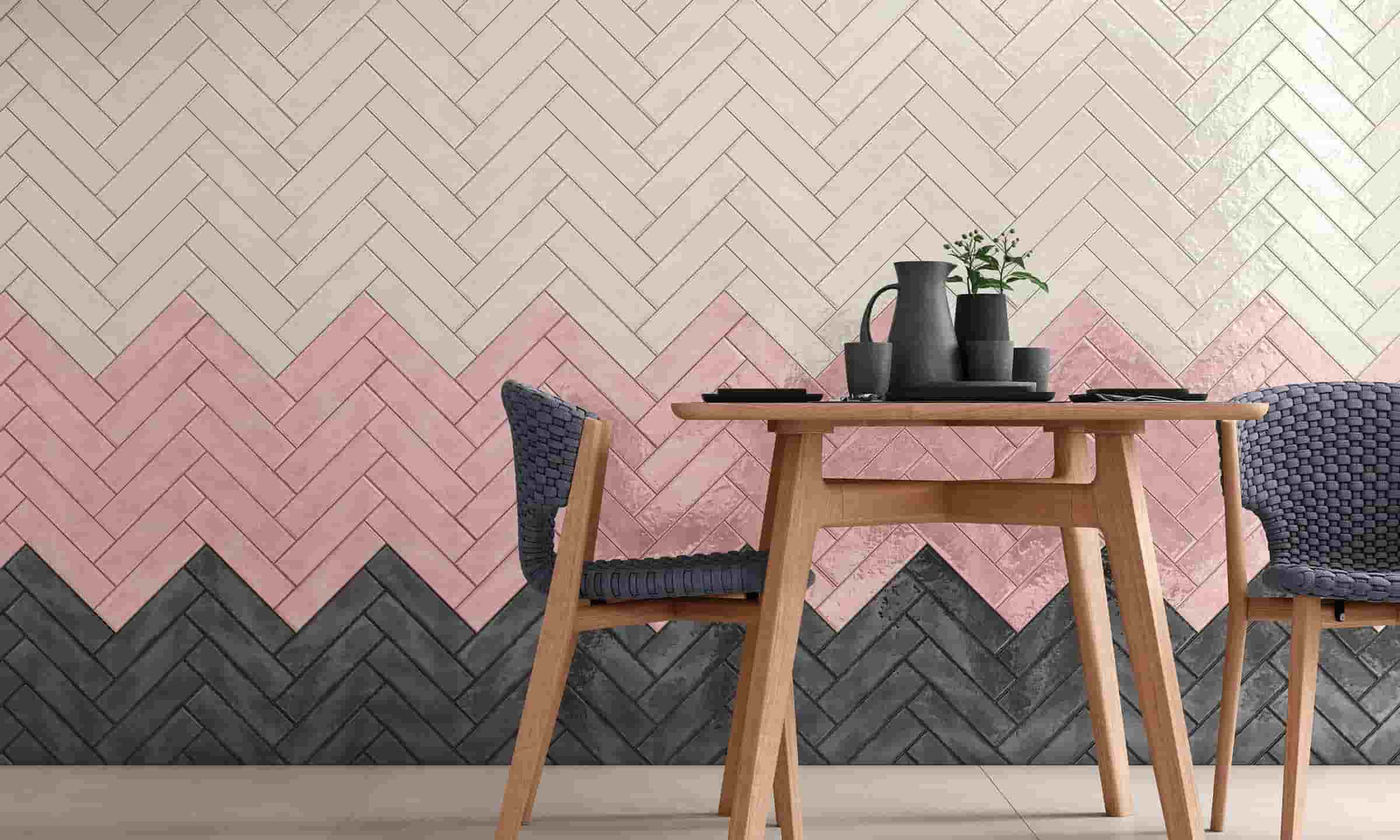 There are a plethora of delectable garnishes to choose from, as well as a variety of glaze options. Including matte and glossy glazes and a variety of glazing techniques, ranging from spraying to screen printing. To give the color of the tiles, paints are blended with other components. Even if highly brilliant pigments are used, the item will appear pale, not as vibrant as the tiles we see in the store. This procedure will not take place until the following step. While glazing is a common practice for ceramic tiles, it is not required. To be classified as ceramic tile, not all tiles must be glazed. Ceramic tiles should, however, all meet one requirement: they must all be baked. Green tiles were the product’s previous moniker before it was put in the oven. It’s time to put the tiles in the oven to be burned when the glaze has hardened. Ceramic tiles were traditionally baked in what is known as a periodic kiln, such as a beehive kiln, for several hours. The continuous kiln, on the other hand, has made the ceramic tile manufacturing process more efficient in the previous century. Continuous kilns, tunnel kilns, and rotary kiln kilns are all included.
There are a plethora of delectable garnishes to choose from, as well as a variety of glaze options. Including matte and glossy glazes and a variety of glazing techniques, ranging from spraying to screen printing. To give the color of the tiles, paints are blended with other components. Even if highly brilliant pigments are used, the item will appear pale, not as vibrant as the tiles we see in the store. This procedure will not take place until the following step. While glazing is a common practice for ceramic tiles, it is not required. To be classified as ceramic tile, not all tiles must be glazed. Ceramic tiles should, however, all meet one requirement: they must all be baked. Green tiles were the product’s previous moniker before it was put in the oven. It’s time to put the tiles in the oven to be burned when the glaze has hardened. Ceramic tiles were traditionally baked in what is known as a periodic kiln, such as a beehive kiln, for several hours. The continuous kiln, on the other hand, has made the ceramic tile manufacturing process more efficient in the previous century. Continuous kilns, tunnel kilns, and rotary kiln kilns are all included. 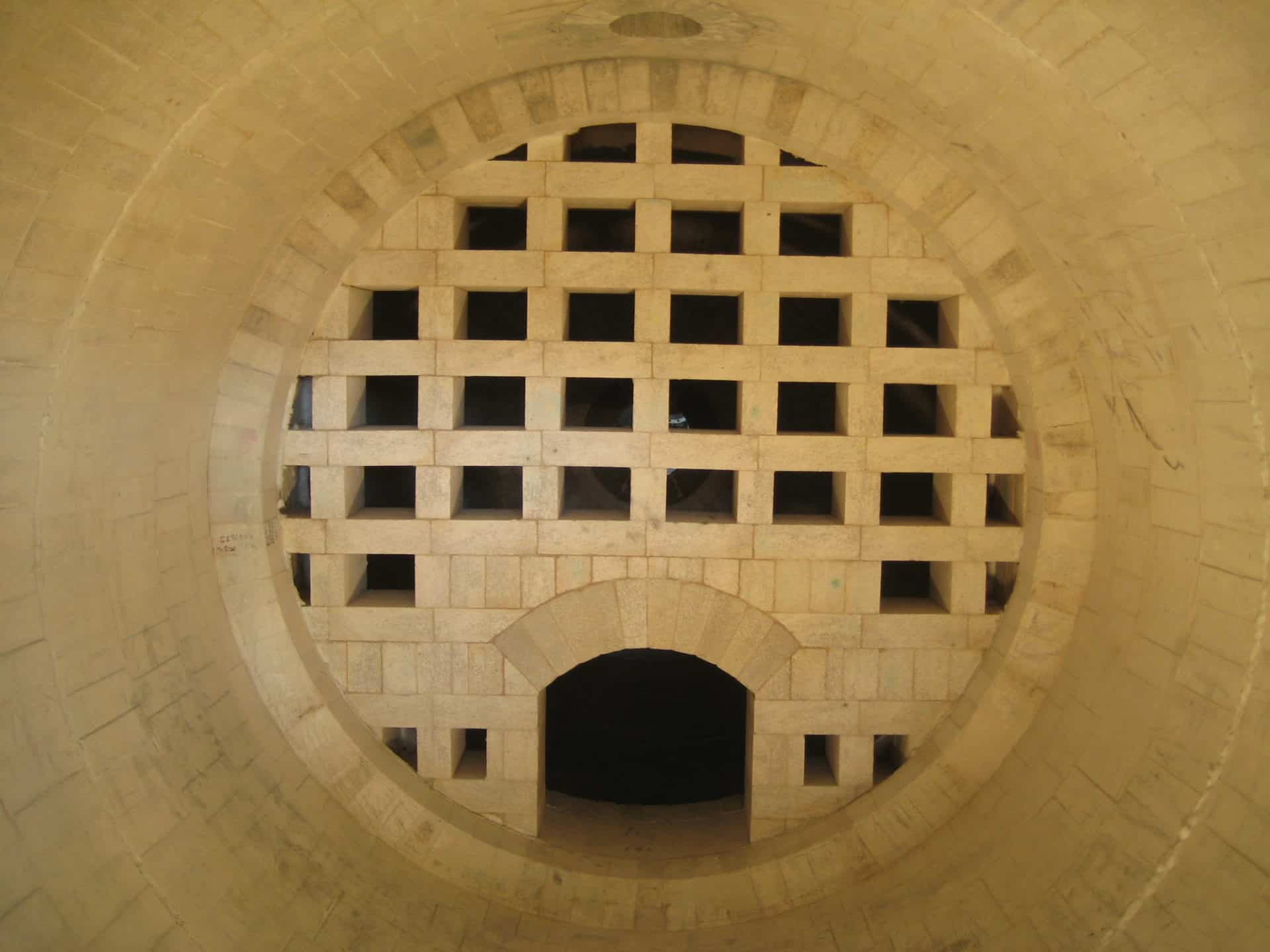 It would be understood these new types of ovens if you’ve ever been to a sandwich restaurant where a worker warmed the sandwich by rolling it in a toaster. Instead of remaining in the heat for hours, the porcelain tiles are covered in conveyor belt-style curtains, and the specific device differs from oven to oven. A computer carefully monitors and controls the temperature within the oven. Things started to heat up in the first part of the tile journey. The maximum temperature of 2,500 degrees Fahrenheit_ 1,371.1 degrees Celsius_ is obtained at the center point. The bricks become stronger as the temperature rises. As it moves to the other side of the pipe, the tile gradually cools. Despite the fact that the tile continues to change color, the cooling time is not as long as it appears. The procedure went from hours of constant cooking to less than an hour in these rolling or continuous kilns. This allows producers to make more tiles for the market at a reasonable price. The procedure has also quickened after the return of the Monocottura technique.
It would be understood these new types of ovens if you’ve ever been to a sandwich restaurant where a worker warmed the sandwich by rolling it in a toaster. Instead of remaining in the heat for hours, the porcelain tiles are covered in conveyor belt-style curtains, and the specific device differs from oven to oven. A computer carefully monitors and controls the temperature within the oven. Things started to heat up in the first part of the tile journey. The maximum temperature of 2,500 degrees Fahrenheit_ 1,371.1 degrees Celsius_ is obtained at the center point. The bricks become stronger as the temperature rises. As it moves to the other side of the pipe, the tile gradually cools. Despite the fact that the tile continues to change color, the cooling time is not as long as it appears. The procedure went from hours of constant cooking to less than an hour in these rolling or continuous kilns. This allows producers to make more tiles for the market at a reasonable price. The procedure has also quickened after the return of the Monocottura technique.  Monocottura, which means “once fired” in Italian, offers ceramic tiles a lot more resilience. Because of this added robustness, the tile can now be used on both walls and floors. The Monocottura tiles are ready to be sorted and transported to the shop after only one lap in a hot oven. Why try firing a tile over and over again if it gets it considerably greater? These tiles are baked in the picottura method if users prefer colorful or intricately patterned tiles. Despite the fact that the prefix implies that the tiles have been shot twice, they can be fired as many times as necessary. A different color glaze is put to the tiles before each firing, and the procedure is continued until the design is complete.
Monocottura, which means “once fired” in Italian, offers ceramic tiles a lot more resilience. Because of this added robustness, the tile can now be used on both walls and floors. The Monocottura tiles are ready to be sorted and transported to the shop after only one lap in a hot oven. Why try firing a tile over and over again if it gets it considerably greater? These tiles are baked in the picottura method if users prefer colorful or intricately patterned tiles. Despite the fact that the prefix implies that the tiles have been shot twice, they can be fired as many times as necessary. A different color glaze is put to the tiles before each firing, and the procedure is continued until the design is complete.
Victorian Ceramic Tiles
Victorian tile is a style of sunken ceramic tiles that is known for its bold geometric designs. Victorian tiles are frequently used for restoration and historical replicas, but many interested customers also utilize them for newer structures and modern dwellings. 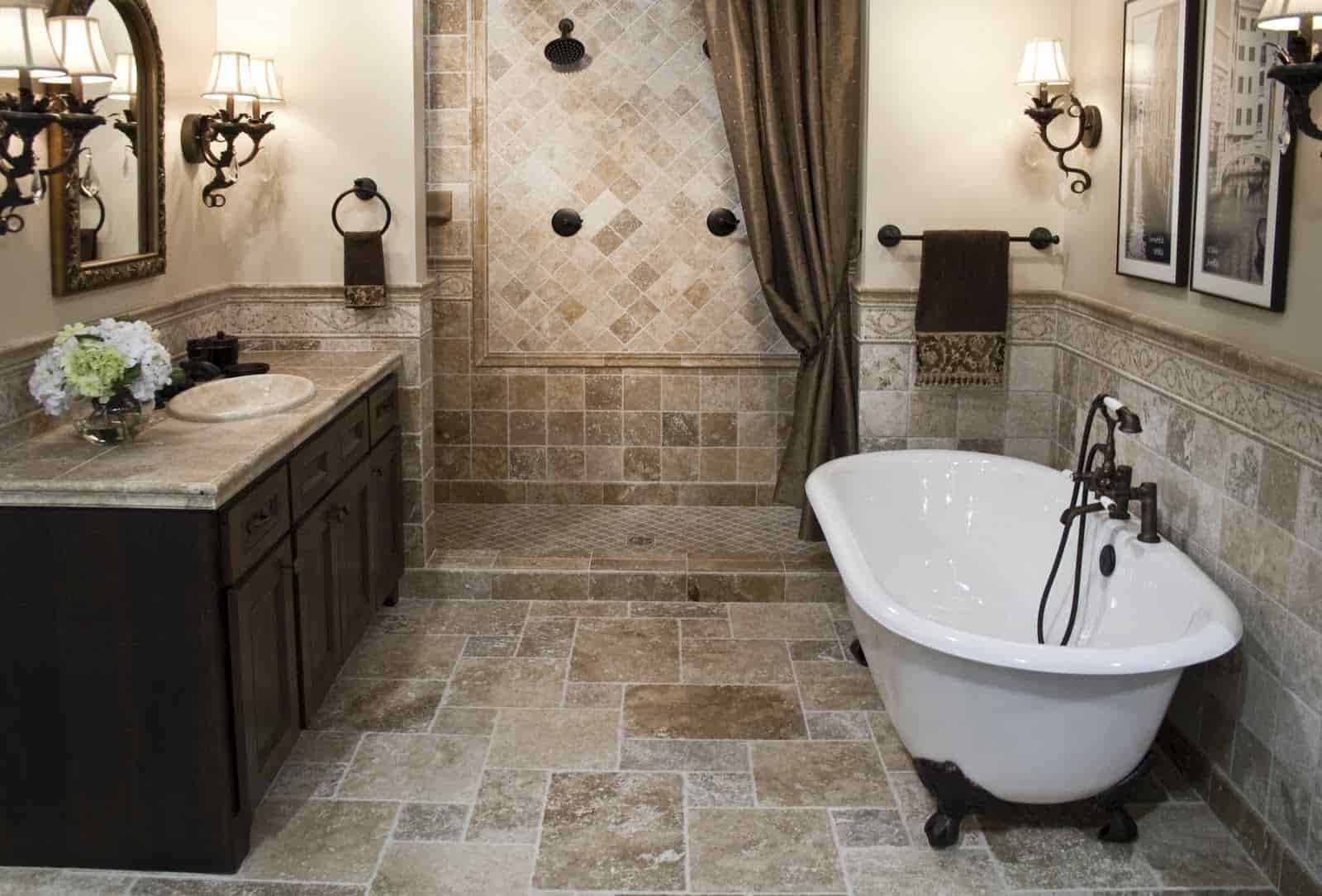 Both are stunning and bold, yet complicated and busy, and provide excellent features for adding interest and character to both contemporary and traditional houses. Monks utilized tile tiles extensively for places of worship in the 12th century. In the 16th century, Henry VIII abolished several monasteries, which resulted in a 400-year decline in laminated tile manufacturing. Musical tiles saw a rebirth in the early nineteenth century, and floor ceramic tile producers arose, making this material a popular choice not only for religious organizations but also for private homes and businesses. The Victorian and Edwardian eras span the early nineteenth and early twentieth centuries, hence this sort of tile and its style are referred to as Victorian tiles. They’ve been utilized in numerous living rooms, conservatories, kitchens, baths, patios, and corridors, and they’re mostly English floor tiles. Colorful black and white patterns, frequently in a checkered pattern, adorned many of the early Victorian tiles. Geometric floor tiles, also known as Victorian tiles, are commonly available in square, rectangle, diamond, and octagonal shapes.
Both are stunning and bold, yet complicated and busy, and provide excellent features for adding interest and character to both contemporary and traditional houses. Monks utilized tile tiles extensively for places of worship in the 12th century. In the 16th century, Henry VIII abolished several monasteries, which resulted in a 400-year decline in laminated tile manufacturing. Musical tiles saw a rebirth in the early nineteenth century, and floor ceramic tile producers arose, making this material a popular choice not only for religious organizations but also for private homes and businesses. The Victorian and Edwardian eras span the early nineteenth and early twentieth centuries, hence this sort of tile and its style are referred to as Victorian tiles. They’ve been utilized in numerous living rooms, conservatories, kitchens, baths, patios, and corridors, and they’re mostly English floor tiles. Colorful black and white patterns, frequently in a checkered pattern, adorned many of the early Victorian tiles. Geometric floor tiles, also known as Victorian tiles, are commonly available in square, rectangle, diamond, and octagonal shapes. 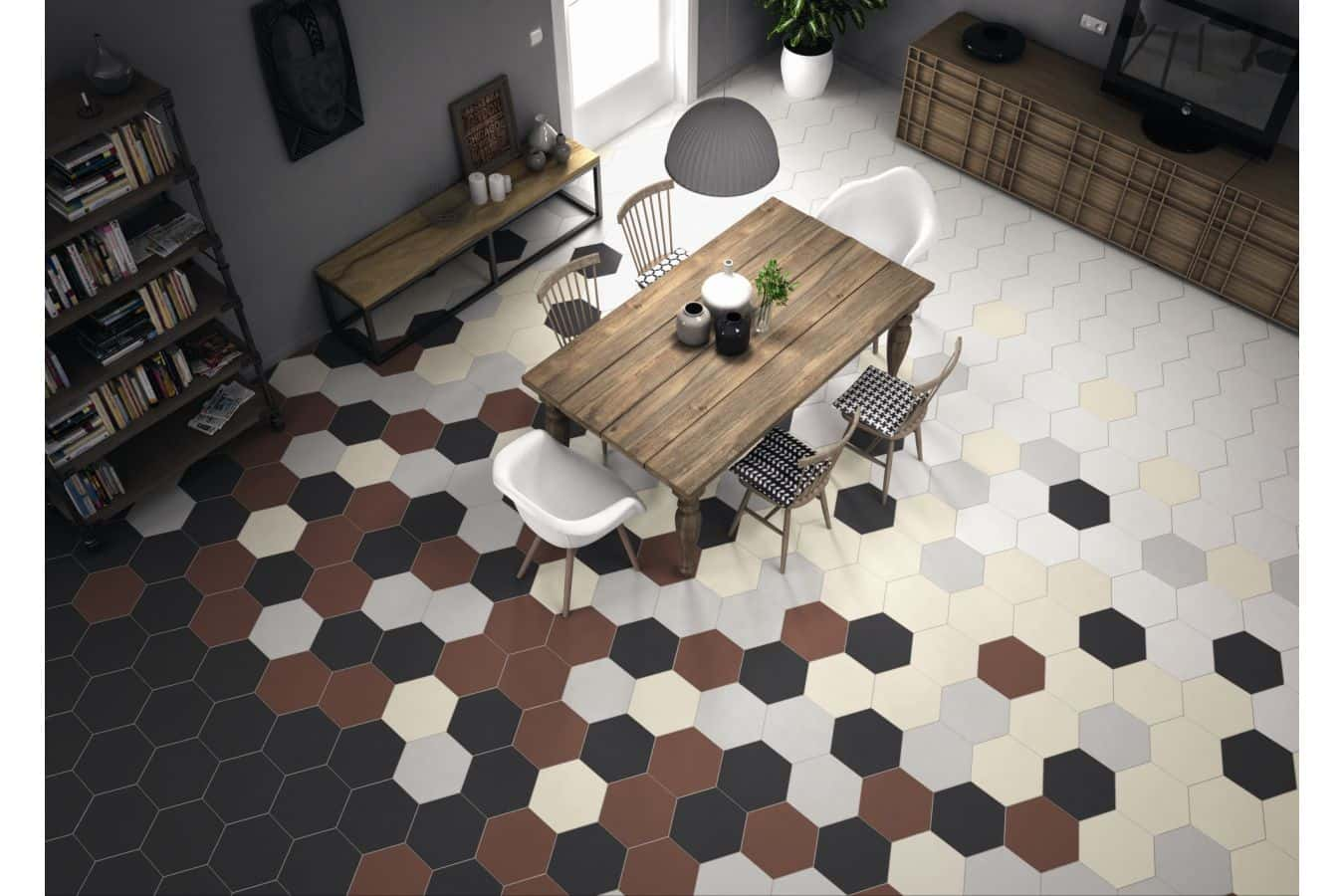 Mosaic floor tiles, which came in a variety of rich hues and elaborate patterns like fleur-de-lis scrolls, flowers, birds, and literary figures, were another popular Victorian tile. Many Victorian tiles were designed in the Harlequin style, incorporating royal colors such as blue, burgundy, and white, in addition to the basic black and white pattern. Victorian tiles, Cuban tiles, hydraulic tiles, Encaustic tiles, and cement tiles are some of the other names for it. True Victorian tiles are kiln-fired ceramic tiles manufactured from clay and glaze powder. Many people, however, associate Victorian tiles with beautiful geometric patterns rather than the materials used to create them. A mixture of cement, tinted pigments, sand, and marble powder is poured into molds to create cement tiles. As a consequence, you get one-of-a-kind, stunning geometric tiles that are incredibly durable and don’t show wear as soon as real Victorian ceramic tiles. During these recent years, we have tried to attain our customers’ trust by providing a high level of quality with a fair price range for our precious customers and also giving proper advice in the field of ceramic tiles.
Mosaic floor tiles, which came in a variety of rich hues and elaborate patterns like fleur-de-lis scrolls, flowers, birds, and literary figures, were another popular Victorian tile. Many Victorian tiles were designed in the Harlequin style, incorporating royal colors such as blue, burgundy, and white, in addition to the basic black and white pattern. Victorian tiles, Cuban tiles, hydraulic tiles, Encaustic tiles, and cement tiles are some of the other names for it. True Victorian tiles are kiln-fired ceramic tiles manufactured from clay and glaze powder. Many people, however, associate Victorian tiles with beautiful geometric patterns rather than the materials used to create them. A mixture of cement, tinted pigments, sand, and marble powder is poured into molds to create cement tiles. As a consequence, you get one-of-a-kind, stunning geometric tiles that are incredibly durable and don’t show wear as soon as real Victorian ceramic tiles. During these recent years, we have tried to attain our customers’ trust by providing a high level of quality with a fair price range for our precious customers and also giving proper advice in the field of ceramic tiles.
